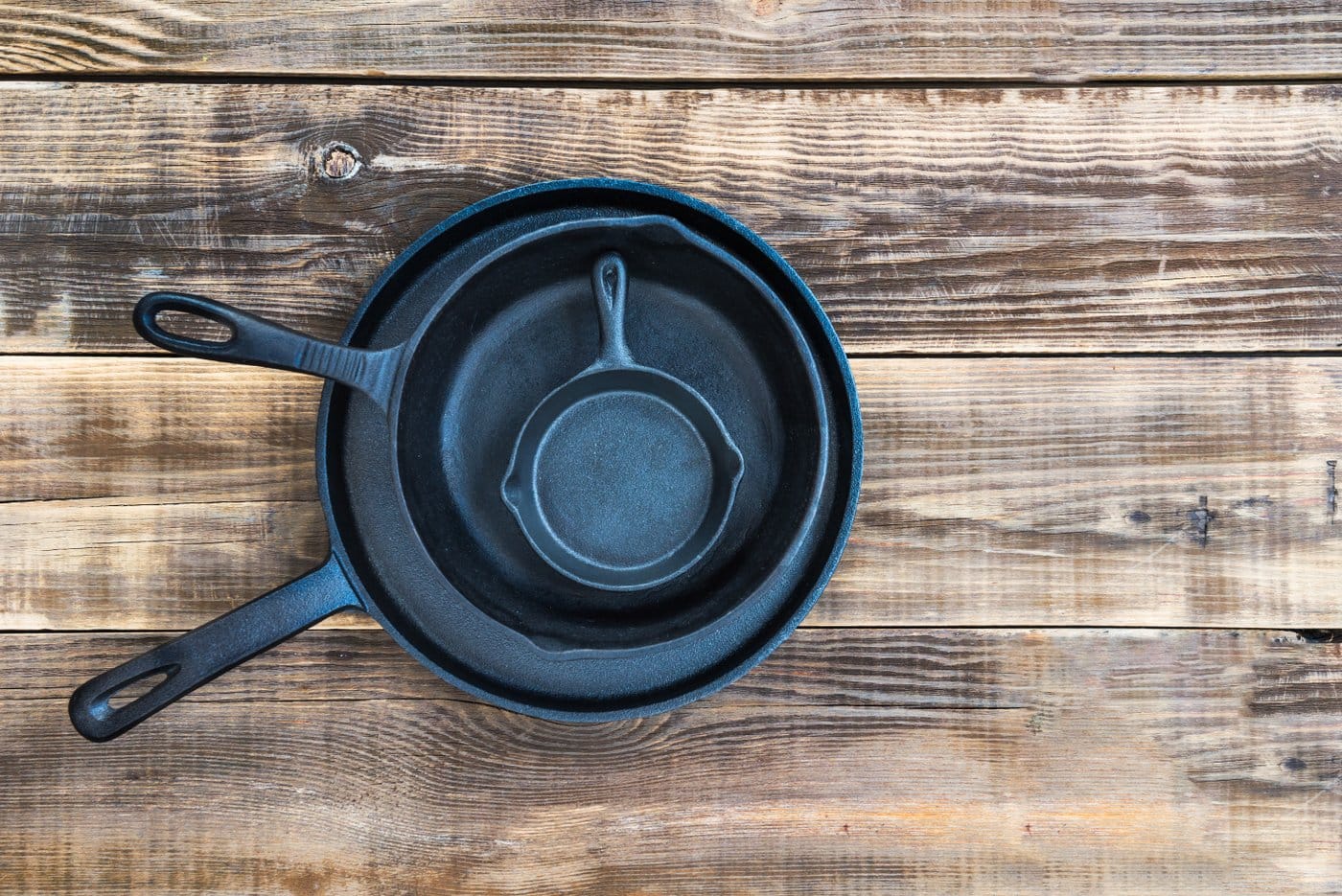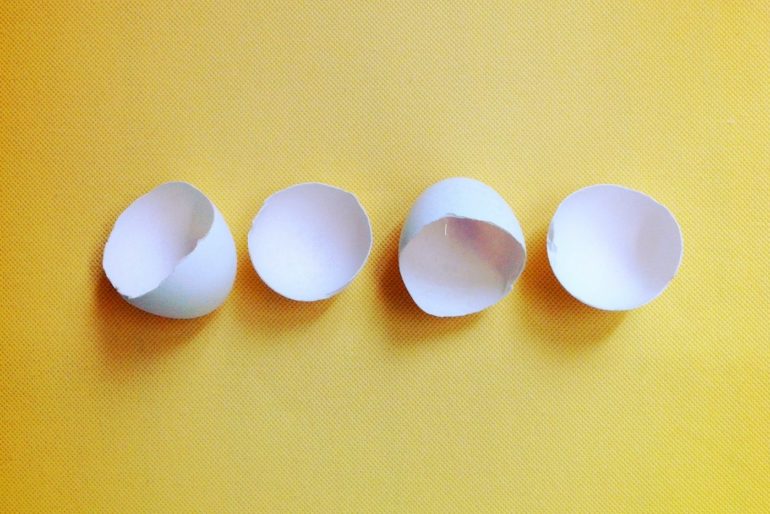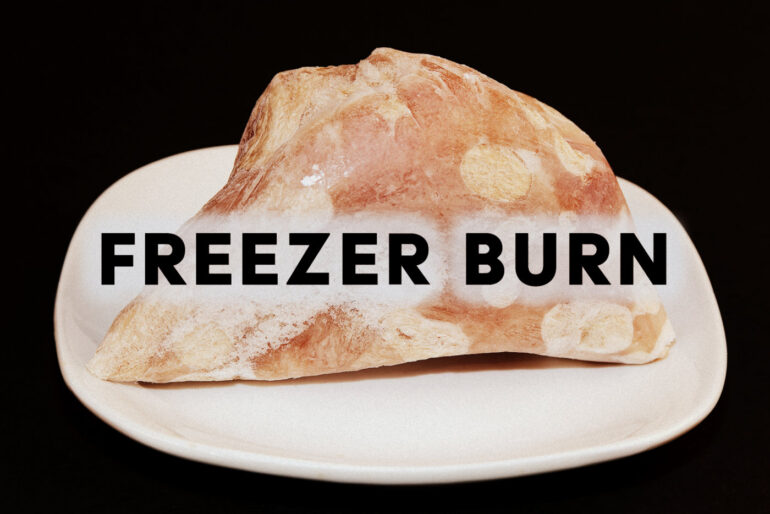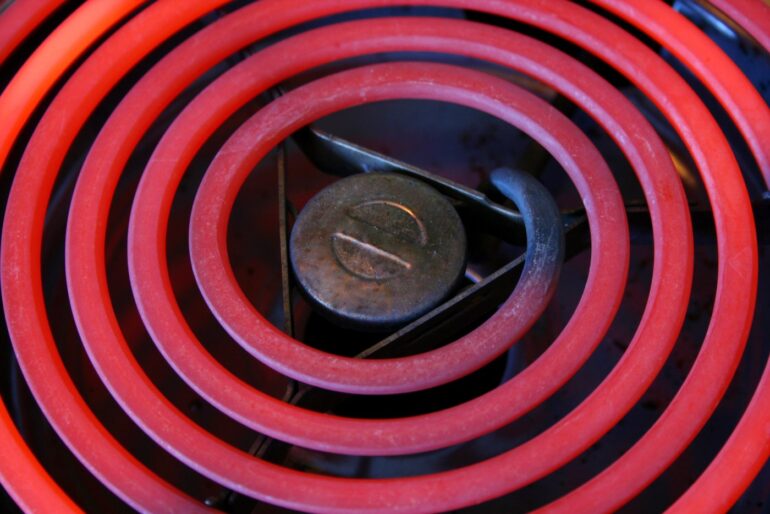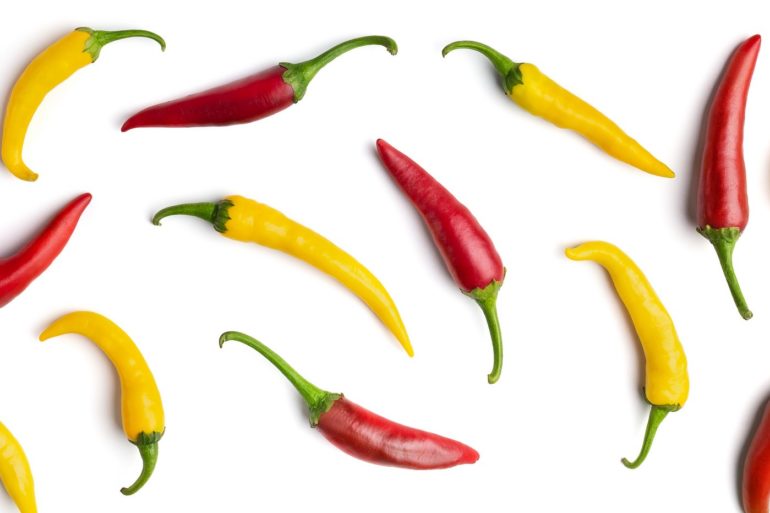How do you season cast iron cookware?
If you’ve only used cooked with stainless steel and aluminum pots and pans, you might not know much about cast iron cookware — including why and how to “season” the pans.
To everything, there is a season
A seasoned cast iron skillet was the original non-stick cookware. Seasoning really just involves using heat to adhere a thin layer of fat/oil to the surface of the pan.
Cast iron cookware is considered pretty fabulous stuff because it cooks evenly and lasts forever. There are even some health benefits associated with cooking foods in cast iron.
“Seasoning” a cast iron pan (or skillet) isn’t difficult — just a little time consuming. It serves the dual purpose of creating a non-stick surface and also prevents the metal from rusting. Most cast iron pans are dark gray when new, and as they are seasoned, become darker — even black.
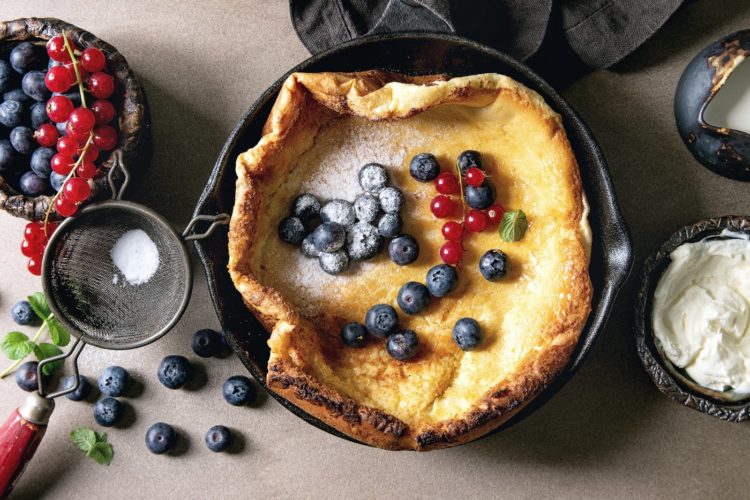
How do you season cast iron cookware?
Here are some tips on properly seasoning your cast iron cookware:
If your pan is new, wash it thoroughly for its last bath with handwashing dish detergent and water. (If your cast iron is old and rusty, you may need to scrub it out with a steel wool pad first.) When it’s clean, be sure it’s completely dry.
For the seasoning itself, we turn to Le Cordon Bleu School for Culinary Arts in Chicago for their advice:
Heat your oven to 250 degrees F. While the oven is heating, take your favorite cooking fat — lard, bacon grease, shortening, cooking oil — and generously coat the inside of the pan. It shouldn’t pool or run, but don’t skimp. The choice of fat to use is subjective. Each can affect the taste of the foods you cook in the pan so choose accordingly. Animal fats like lard and bacon grease are the traditional choices, but lighter fats light olive and coconut oils work just as well and impart a little less flavor into cooked foods.
Place the pan in the oven for two hours. This will melt the fat and open the pans pores so the fat will penetrate the surface. There is some argument about heating time. Some say higher temps for shorter times. Others say low temps for longer times. I recommend low and slow just like barbecuing. You don’t want your fat to scorch, which can ruin your pan.
Remove the pan from the oven and let cool. When cool enough to touch, wipe it down with paper towels. Leave a thin covering of fat. Let cool until the pan has reached room temperature. Wipe it down again. The surface will be free of fat but slightly shiny. It is now ready for cooking.
Some people say to avoid using vegetable oil for seasoning as it can make the pan sticky — and to also be aware that lard and butter run the risk of turning rancid.
Cast iron cleaning and upkeep
To clean your seasoned pan, scrape it as clean as you can with non-metallic utensils, then rinse it with hot water and use a soft sponge. Dishwashing detergent — or a trip inside your dishwasher — scouring sponges and other scrubbers will remove the seasoning coat, so stick with water. If you need to scrub stuff off the surface, try using a little rock salt or coarse sea salt as your abrasive.
Utah State University Extension says that to maintain the seasoning, always dry the skillet thoroughly after each use.
“Then, every once in awhile, place the dry pan on the stove, heat it on low, add a little oil with a paper towel, and let sit on low heat for a few minutes. Wipe out any excess oil, cool, and store.
Eventually, the pan will darken, become very smooth on the inside, and be perfectly non-stick.” (If your skillet or Dutch oven is imparting a particularly metallic flavor, that means it’s time to re-season the pan.)
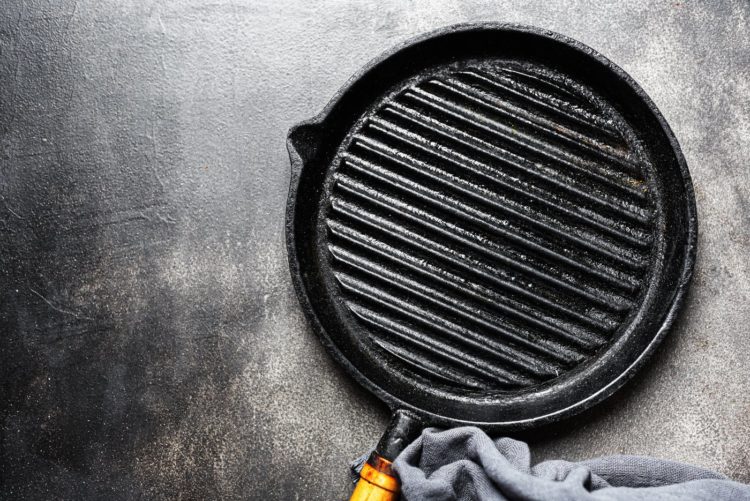
Other tips for cast iron pan care:
- Don’t use high cooking temperatures — go with medium or medium-high settings, and heat it slowly (don’t put a cold pan on a hot burner).
- Stir and turn your food with wooden spoons and spatulas.
- Don’t keep food in the pan after it is cooked.
- Don’t pour cold water into a hot pan, as the metal may warp.
- Store your pans in a warm and dry place.
- Don’t put your lids on cast iron pans when they’re in the cupboard — if you do, moisture may cause the pan to rust.
- Cast iron, especially when new, is best for cooking foods with a high fat content.
- Cook watery foods and those with a high acid content (tomatoes, for example) in other cookware.

